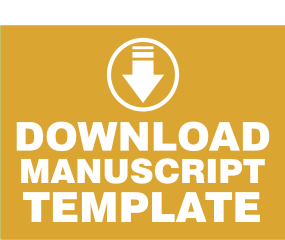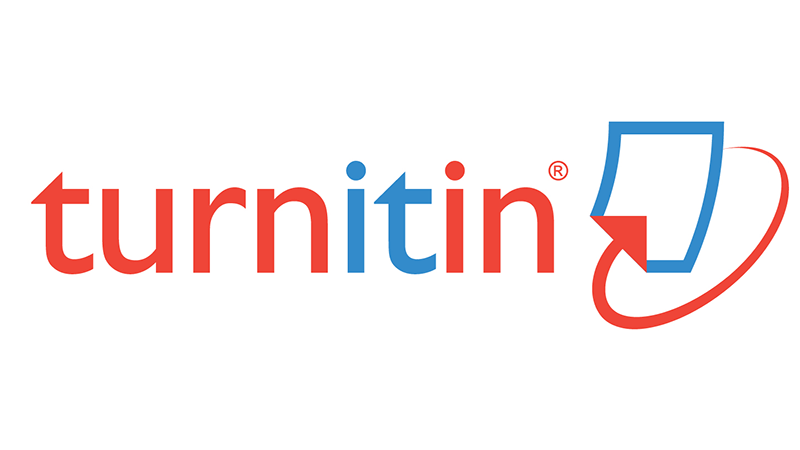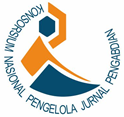BLENDED LEARNING UNTUK PENGUATAN KOMPETENSI GURU SMA DALAM MENYONGSONG ABAD 21
Abstract
Abstrak: Artikel ini adalah laporan kegiatan pengabdian kepada masyarakat yang bertujuan untuk mengembangkan keterampilan guru dalam menginovasi pembelajaran dengan Blended Learning, pendekatan yang digunakan praktek, diskusi, presentasi, dan refleksi. Peserta berjumlah 64 orang, terdiri atas guru SMA berbagai bidang studi, laboran, kepala sekolah dan wakilnya.. Pasca pelatihan tatap muka, penugasan membuat rancangan pembelajaran dilanjutkan secara online. Melalui kuesioner, peserta menyatakan bahwa pelatihan Blended Learning memberi mereka wawasan baru tentang Blended Learning yang sangat bermanfaat, dan sesuai dengan kebutuhan mereka. Berdasarkan hasil refleksi dan kuesioner, peserta memerlukan program tindak lanjut dan menyarankan penyelenggaraan pelatihan Blended Learning lanjutan dengan waktu yang lebih memadai serta disediakan modul sebagai pegangan belajar mandiri.
Abstract: This article is a report on community service activities aimed at developing teacher skills in innovating learning with Blended Learning, approaches used in practice, discussion, presentation, and reflection. There were 64 participants, consisting of high school teachers in various fields of study, laboratory assistants, school principals and their representatives. After face-to-face training, the assignment of making learning plans was continued online. Through the questionnaire, participants stated that the Blended Learning training gave them new insights about Blended Learning that were very useful, and suited their needs. Based on the results of reflections and questionnaires, participants need a follow-up program and suggest the implementation of Blended Learning training with more adequate time and modules provided as a guide for independent learning.
Full Text:
PDFReferences
Banados, E. (2006). A Blended Learning Pedagogical Model for Teaching and Learning EFL Sucesfully through an Online Interactive Multimedia Environment. CALICO Journal, 23(3), 533-550.
Dudeney, G. & Hockley, N. (2007). How to Teach English with Technology. Essex: Pearson Education Limited.
Gruba, P. & Hinkelman, D . (2012). Blended technologies in second language classrooms Palgrave. New York: Macmillan, Basingstoke & St Martin's.
Kemediknas. (2005). Undang-undang No 14. Tahun 2005. Tentang Kompetensi Guru.
Kemendiknas. (2005). Undang-undang No. 14 Tahun 2005 tentang Guru dan Dosen, pasal 10 ayat 1 (tentang standar kompetensi guru).
Littlejohn, A. & Pegler A. (2007). Preparing for Blended e-Learning. London: Routledge. Taylor and Francis Group. English Teaching.
Liu, J. (2010). An Experimental Study on the Effectiveness of Multimedia in College. English Language Teaching, 3(3), 191-194.
Mishan, F. (2013). Demystifying Blended Learning. In Tomlinson, B. (Ed.). 2013. Developing Materials for Language Teaching. London: Bloomsbury Publishing.
Miyazoe, T. & Anderson, T. (2009). Learning Outcomes and Students’ Perception on online Writing: Simultaneous implementation of a forum, blog, and wiki in an EFL Blended Learning Setting. System 38, 185-199.
Mukminatien, N. (2012). Providing Multiple Media Form Experiences in a Reading Comprehension Class. A Paper Presented at 47th RELC International Conference, Singapore.
DOI: http://dx.doi.org/10.17977/um078v2i12020p18-26
Refbacks
- There are currently no refbacks.
Email: jgp@um.ac.id
View JGP's Stats
This work is licensed under a Creative Commons Attribution-NoDerivatives 4.0 International License.
Index by:
 Jurnal Graha Pengabdian
Jurnal Graha Pengabdian






